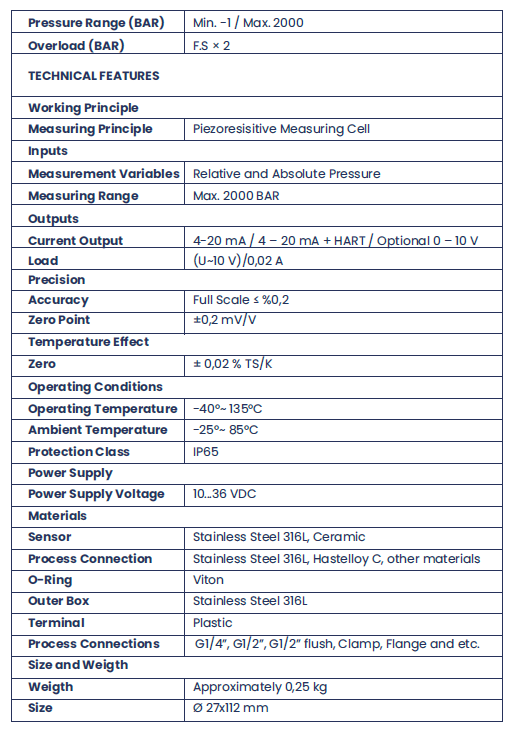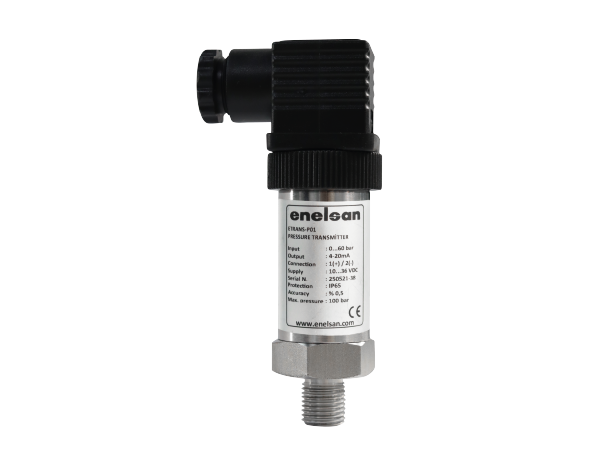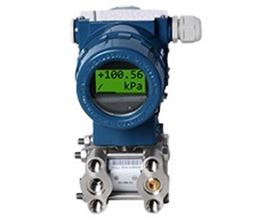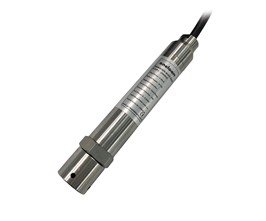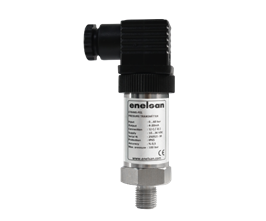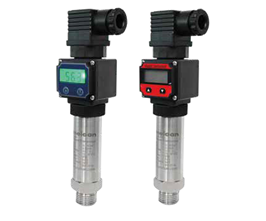
FLUSH DIAPHRAGM PRESSURE TRANSMITTER
Flush diaphragm pressure transmitter is composed of a ceramic/silicone sensor placed in a stainless steel body or a piezoresistive measurement cell and an electronic card on a stainless steel 316L body.
The sensor design ensures reliability during temperature changes and overload.
The use of a stainless steel 316L diaphragm or ceramic/silicone sensor ensures high linearity over the entire measuring range while minimizing the hysteresis effect.
How Does It Work?
The stainless steel 316L diaphragm and ceramic sensor sense the physical aberration of the elements under pressure. Mechanical deformation is carried by converting it to an electrical signal from the diaphragm and ceramic sensor by a resistive bridge. An amplifier converts the output voltage of the cell to the output current signal of the transmitter, 4-20mA / 0-10V.
The Pressure Transmitter is powered by an external stable power supply. Reverse polarity and high supply voltage are prevented by protection diodes at the input. The device is also not affected by electromagnetic noises thanks to the EMC shielding components inside.
